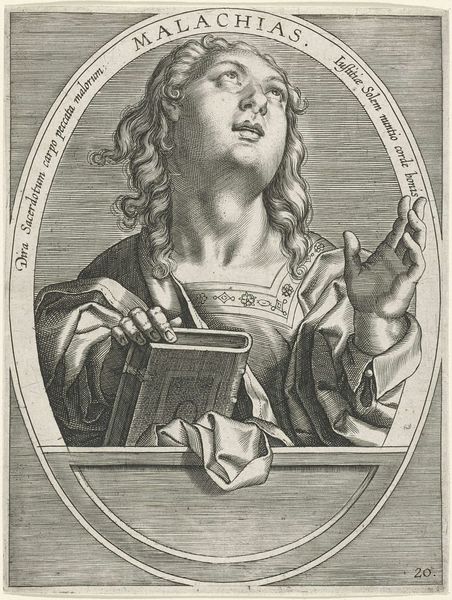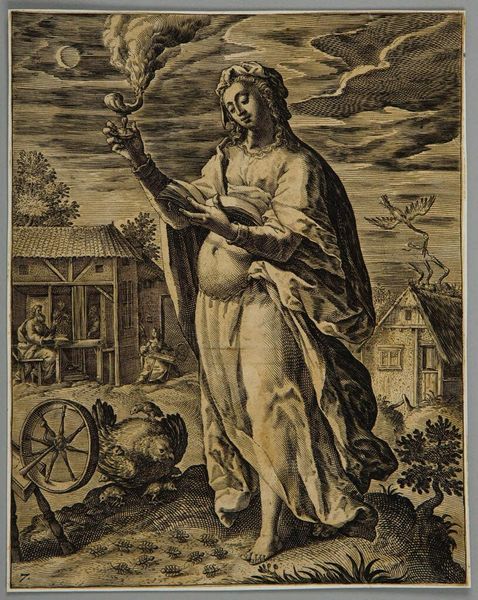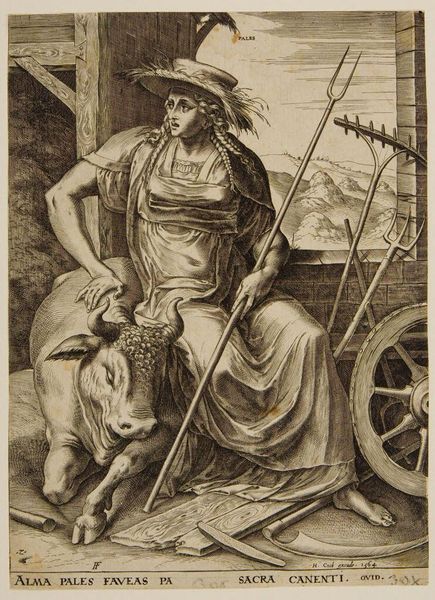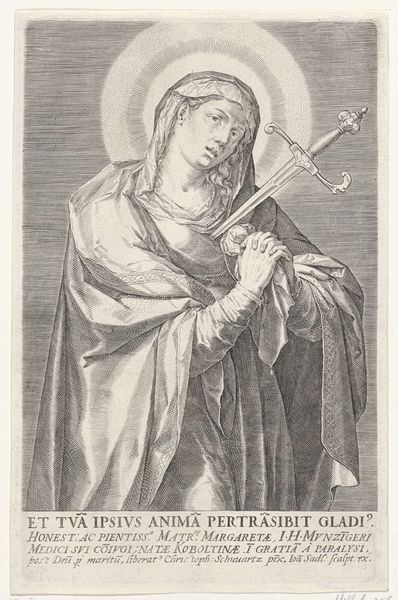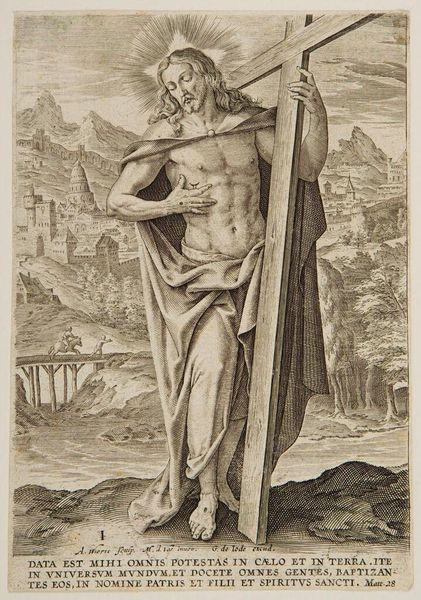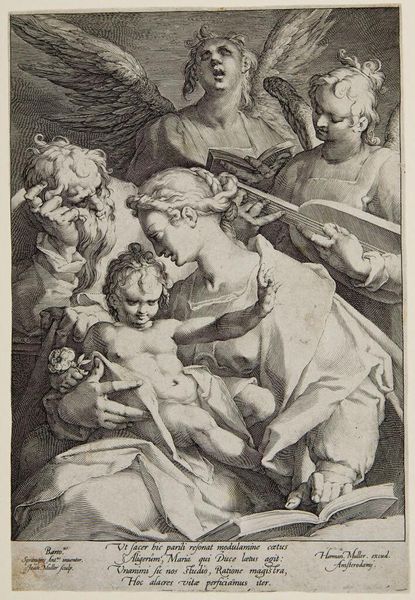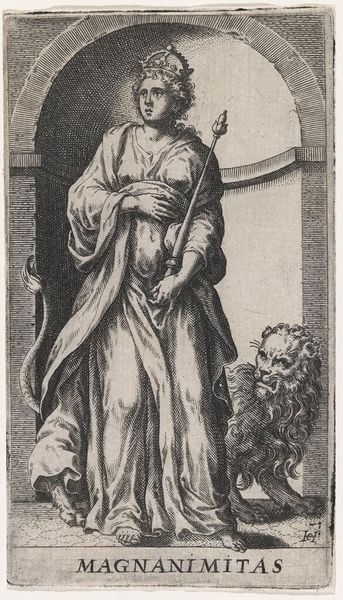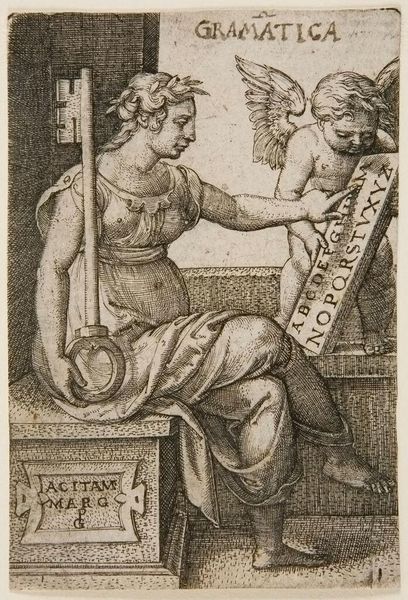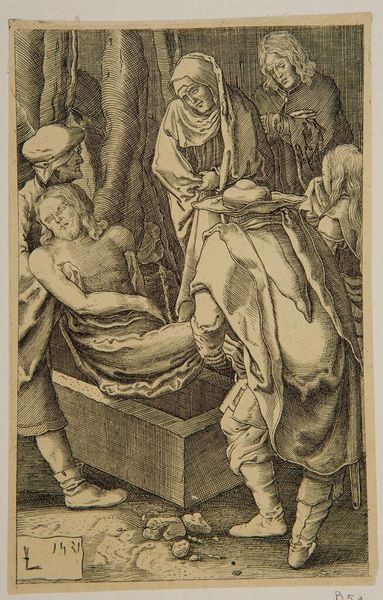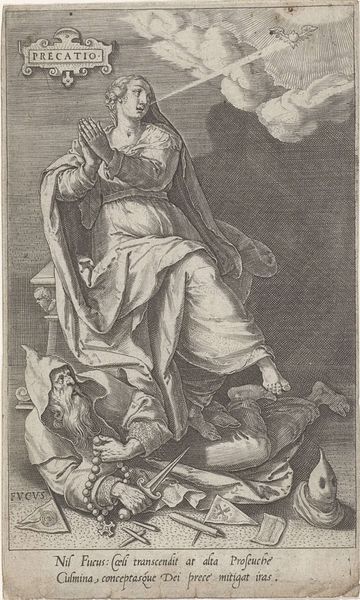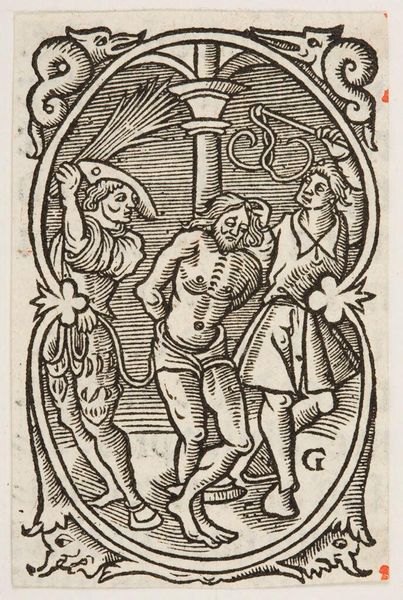
oil-paint, fresco
#
portrait
#
high-renaissance
#
oil-paint
#
fresco
#
oil painting
#
italian-renaissance
Dimensions: 58 x 36 cm
Copyright: Public domain
Curator: Here we have a detail from Raphael's "Angel, from the polyptych of St. Nicolas of Tolentino," dating back to 1501. It now resides here at the Louvre. What are your first thoughts on it? Editor: Immediately, I’m struck by the muted palette, a sort of restrained solemnity. The angel’s gaze upwards hints at longing, perhaps supplication, but there’s a gentleness, not anguish, in the expression. Curator: That upward gaze is typical of depictions of celestial figures. It's interesting to see how Raphael used the High Renaissance style, even this early in his career, conveying the divine through idealized beauty. Editor: I agree, the idealized beauty is prominent, yet it carries a potent social charge. It's as though this ideal exists outside the reach of common individuals, functioning as a cultural project upholding notions of the ruling class. Curator: Raphael's use of symbolism also speaks volumes. The scrolls in the angel’s hands, for instance, connect this figure to divine law. The scrolls also add balance. One with 'A deo electus,' which is Latin for "Chosen by God", the other is the beginning of an elaborate inscription relating to St. Nicholas of Tolentino, linking spiritual authority to earthly roles. Editor: Absolutely, but I read that gesture differently, because in our own day these very symbols risk instrumentalizing people as tools to maintain oppressive social hierarchies, the symbols used in these artworks still warrant continuous deconstruction and dialogue. The beauty feels almost complicit. Curator: I appreciate your counterpoint. It reminds us that visual symbols possess layers of meaning that alter over time. Despite our differences in interpretation, it seems undeniable that Raphael's “Angel” sparks a continuing dialogue between heaven and earth, aesthetics and ethics. Editor: Indeed. And, perhaps more importantly, highlights the need for continual analysis of established social constructs, even—and especially—when packaged as beautiful, sacred, or inherently just.
Comments
No comments
Be the first to comment and join the conversation on the ultimate creative platform.

